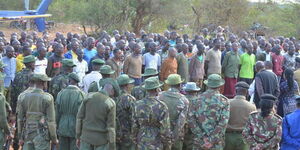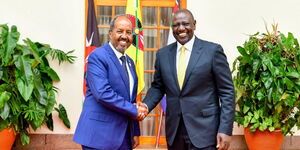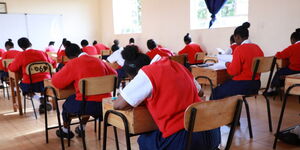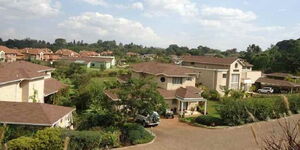Kakamega Forest is the only remaining Guineo-Congolian rainforest in Kenya, and remains to be one of Africa’s most valuable tropical rainforests.
Earlier, the forest stretched from West Africa, all the way to Western Kenya. However, the forest was cleared from West Africa to Uganda to create more room for agricultural activities.
Kakamega forest is now the largest tropical rainforest in East Africa and a ‘Botanical hotspot’ in East Africa. It is located in Kakamega and Vihiga county, covering 240 square Kilometres.
The forest stands out in the world for the hundreds of plant and animal species in it. The forest has no big 5 but has species not spotted anywhere else in the world.
For instance, as of 2021, the forest has 367 recorded bird species, which include the hornbill, The Great Blue Turaco, quelea, guinea fowls. Out of these, 16 species have not been discovered anywhere else in the word.
As of fauna, the forest has over 380 plant species, and 9 of these have also not been seen anywhere else. This makes trees like Olea Capensis, commonly known as Elgon teak, the most endangered species.
However, the rare species make the forest very unique, and tourists from all over the world visit the forest to watch the bird species and record documentaries on the same, which is a big boost to the country's economy.
One very distinctive feature about the forest is that it has over 489 recorded butterfly species. This is largely the inspiration behind butterfly farming along River Yala, which is one of the rivers flowing through the forest.
Kakamega forest has 28 species of the most dangerous snakes in the world. These snakes, however, play a major role in the production of medicinal properties used in various fields. Specialists in the forest, for instance, extract venom from the snakes, and use it to make anti-snake bite medicine.
The rare snake species in the forest include Gold's Cobra, West African species such as the Barred Green Snake, Black-lined Green Snake, Jameson's Mamba, Green Bush-viper, Prickly Bush-viper and Rhinoceros-horned Viper.
There are many rivers traversing through the forest, and one of them is River Yala. There is a waterfall along that river inside the forest, which has the capacity to produce hydroelectricity enough to serve the three neighbouring counties of Vihiga, Kakamega and Nandi.
Mondia whitei, commonly known as mukombero, a shrub from the Apocynaceae family, naturally grows in the forest. Mukombero is a perennial, woody climber with a bittersweet flavour that almost tastes like ginger and has a vanilla-like aroma. The root is famed for its aphrodisiac properties and so far a French company has shown interest in it. The company is demanding a hundred metric tons of it for the first export, with local farmers set to start benefiting in the coming months.
Many activities take place in the forest, including fishing, agriculture, and sourcing rare nutritious food. The Southern part of the forest is a tourist attraction site, and has led to the transformation of a family home into ‘Rondo Retreat Centre’, an iconic hotel located inside the forest.












